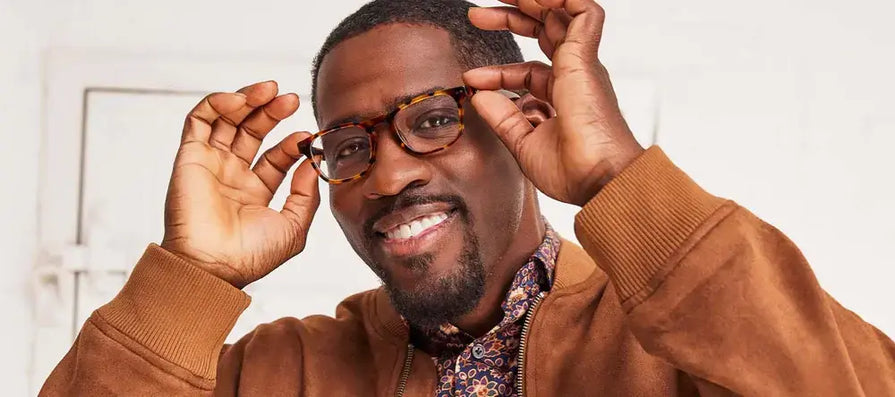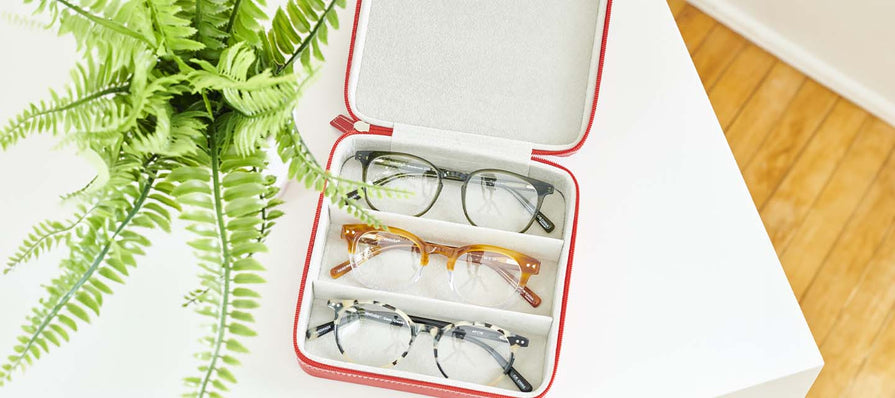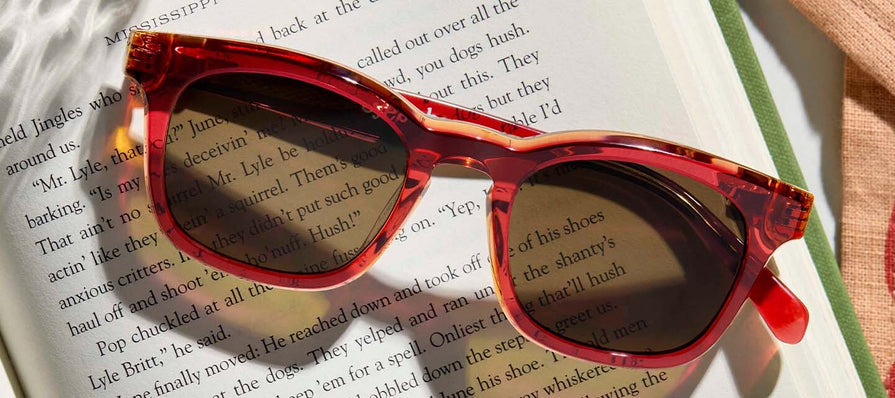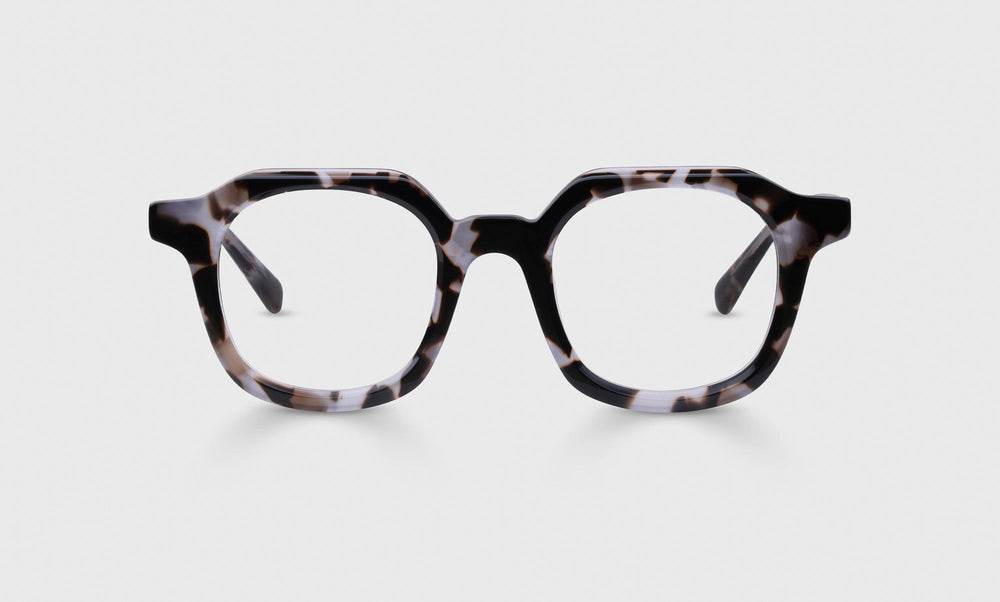We’re about to guide you through the signs and symptoms telling you it’s time to consider a pair of readers. Before we proceed, allow us to clear something up: the days of scavenging shelves for a pair of drugstore readers that you will understandably hide and undoubtedly misplace? Consider them over and done with. In our world, reading glasses are emblems of elegance and style. Don’t believe us? Read on.
We’re about to guide you through the signs and symptoms telling you it’s time to consider a pair of readers. Before we proceed, allow us to clear something up: the days of scavenging shelves for a pair of drugstore readers that you will understandably hide and undoubtedly misplace? Consider them over and done with. In our world, reading glasses are emblems of elegance and style. Don’t believe us? Read on.
5 Signs You Need Readers
5 Signs You Need Readers
1. How do I know if I need readers?
1. How do I know if I need readers?
As time marches on, our once-trusty eyes start to play tricks on us. Around the age of 40, many eyeballs decide it’s time for a subtle rebellion, and stop focusing on things up-close. You can blame the deterioration of your near vision on presbyopia, an age-induced reduction in your eyes’ natural powers of up-close-and-personal sight. Fear not! Embrace the journey, because the quest for reading glasses that will keep you focused and fabulous is way more exciting than squinting through your denial.
Ready to dive in? Take our Reader Strength Test to discover the perfect strength for your eyes.
2. Why can't my eyes stay focused?
2. Why can't my eyes stay focused?
Presbyopia is most often the culprit behind fuzzy up-close vision. Don’t worry – it happens to the best of us, and we do mean that literally. That instinct to hold your copy of The New Yorker at arm’s length? Perfectly normal as presbyopia may be, we simply must get your eyeballs back in perfect working order. Not to worry: we’re here to offer you the most stylish of solutions.
3. Does eye strain cause headaches?
3. Does eye strain cause headaches?
If you find yourself fretting over headaches and sore eyes rather than your latest mystery novel, it’s a clear sign that your eyeballs are in need of some reader-related TLC. Indeed, eye strain – that old pain in the neck – can result in pain in the head. Go figure.
4. Why can't I see well in dim light?
4. Why can't I see well in dim light?
Blame it on the passing years – yes, dim light is simply not as easy as it used to be. It’s only natural, but before you go suspecting a universal conspiracy to dim all of the lights, focus on something closer to home. Embrace your aging eyes by putting on a pair of remarkable readers, because when it comes to dim light, they’re your best friend.
5. Why are there halos around lights?
5. Why are there halos around lights?
There are certainly aspects of aging that feel heavenly, but the halos of light you’ve started seeing around headlights and street lamps aren’t among them. As you get older, your eyes can struggle with focusing light, resulting in a halo effect. As ethereal as that may sound, it’s more annoying than it is angelic. A new pair of reading glasses can help you say goodbye to those halos for good.
So You Know You Need Glasses – Now What?
So You Know You Need Glasses – Now What?
You’ve seen the light, and now it’s time to take action. The next stop on your one-way trip to easy reading? A visit to your friendly neighborhood eye doctor. They’ll work their magic to conjure up a precise prescription for your brand-new readers and ensure your peepers are in tip-top shape.
How Often Should You Get Eye Exams?
How Often Should You Get Eye Exams?
You may be wondering how often these oh-so-exciting exams should be on your calendar. If your age starts with 3, 2, or 1, a biannual eye exam will likely be enough to keep the windows to your soul healthy and happy.
If you’ve hit the fantastic forties and beyond, you’ll want to bump up those exam frequencies to once or twice a year. Changes in vision can happen quickly, and keeping an eagle eye on your eye health is never a bad idea.
What are the different strengths available for reading glasses?
What are the different strengths available for reading glasses?
Congratulations: you’re now one step closer to meeting your reading glasses soulmate. These trusty sidekicks come in a range of strengths measured in diopters. Since ensuring all eyes can be graced by our readers is non-negotiable for us, we offer reader strengths from 0.00 to +4.00. Consider a +1.00 your gentle introduction to the world of readers; those who are only just accepting, however grudgingly, their newly hazy near vision will sit at or near here. As your vision gets blurrier, the reader's strength gets higher, until you finally reach that dubious milestone that is +4.00. If you make it this far, the presbyopia fairy will leave a sticker and a novel written in 30 point font under your pillow.
There you have it, dear readers. You’ve journeyed through the captivating realm of reading glasses, learned the signs that beckon you towards these stylish visual aids, and discovered the key to selecting the perfect pair. Now, the next chapter awaits: visit our website to explore an array of arresting frames and discover your ideal reader strength with our at-home test. So bid adieu to squinting – your future looks crystal clear.
There you have it, dear readers. You’ve journeyed through the captivating realm of reading glasses, learned the signs that beckon you towards these stylish visual aids, and discovered the key to selecting the perfect pair. Now, the next chapter awaits: visit our website to explore an array of arresting frames and discover your ideal reader strength with our at-home test. So bid adieu to squinting – your future looks crystal clear.








